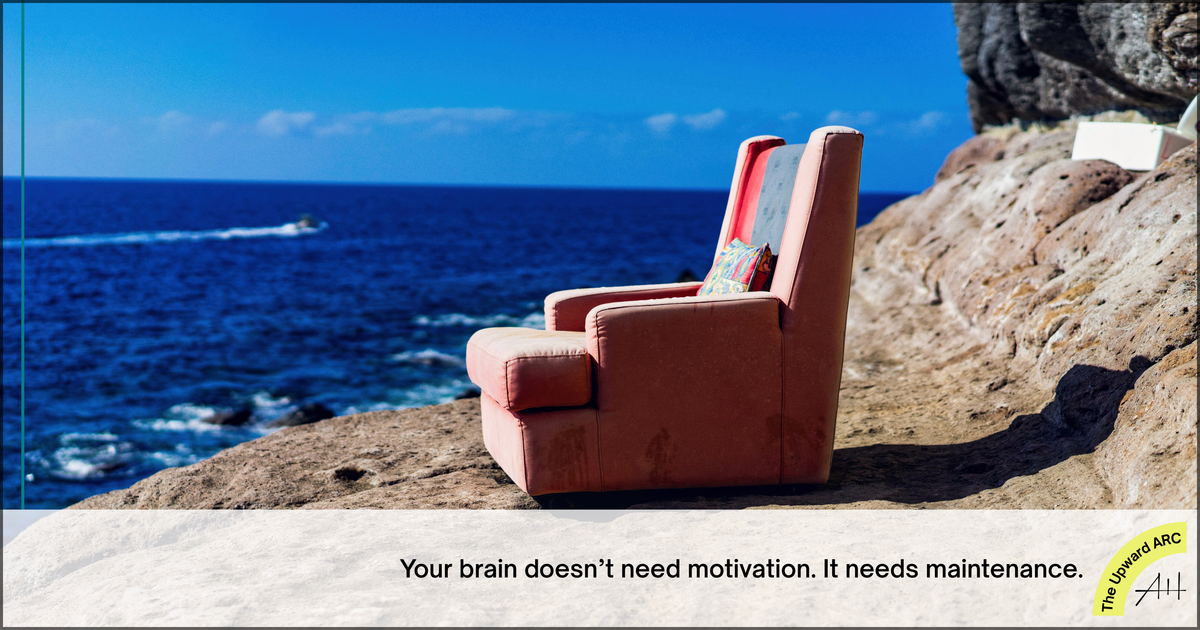It's Mental: How Your Brain Tracks the Debts You Don't See
I failed my NY driver’s test. Twice. Not because I can’t drive (I’m German), but because I was cognitively fried. Mental fatigue is real. Recovery isn’t optional. It’s strategy. If your brain is your edge, treat it like your asset. Work doesn’t burn you out. Lack of recovery does.

This post is for members only
Already have an account? Sign in.
